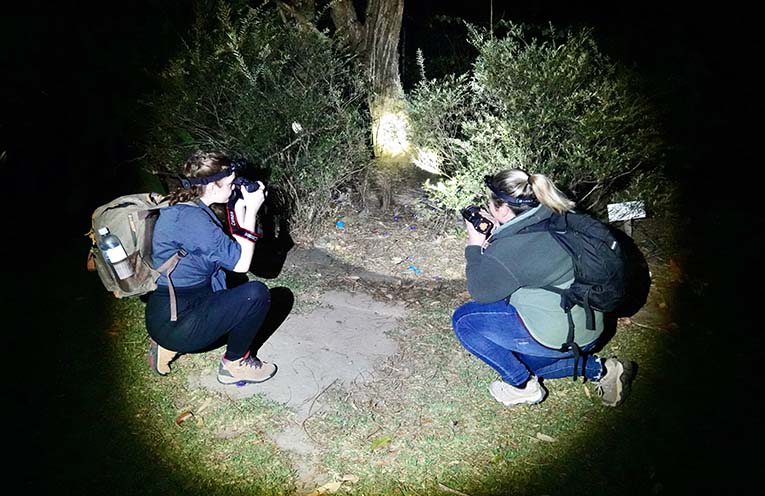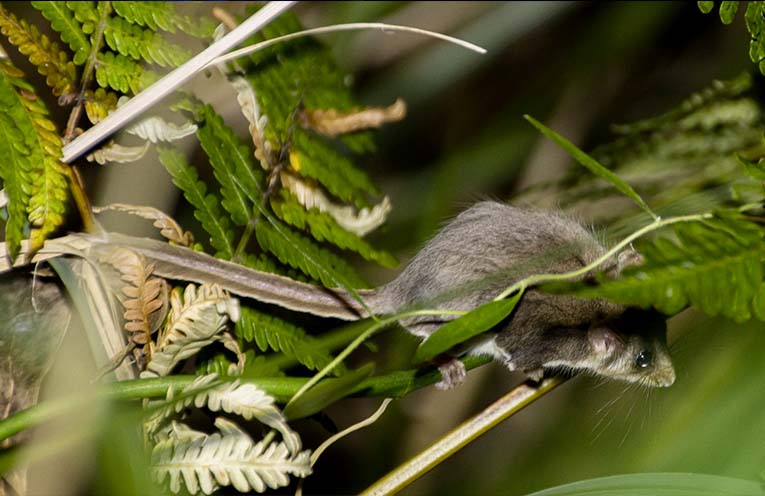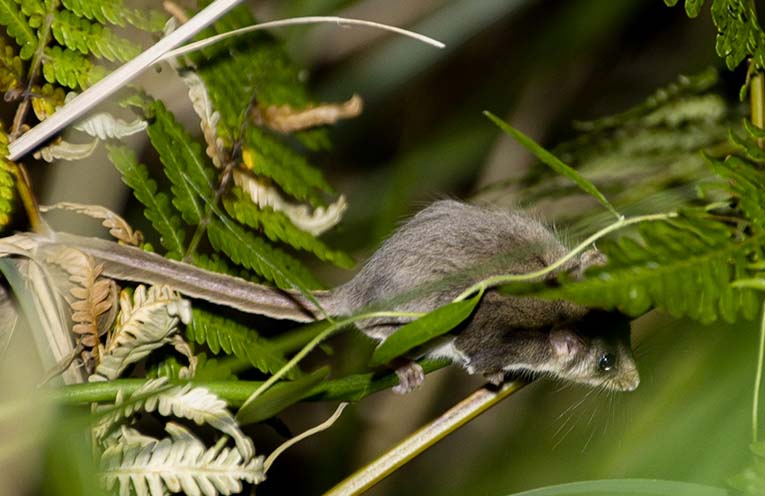
RARE visitors to the North Coast Regional Botanic Garden, namely Feathertail Gliders (Acrobates pygmaeus), have been discovered living in the garden by the team of young volunteer guides.
The find is particularly surprising and gratifying since the garden is sited in the centre of Coffs Harbour city.
 Advertise with News of The Area today.
Advertise with News of The Area today.It’s worth it for your business.
Message us.
Phone us – (02) 4981 8882.
Email us – media@newsofthearea.com.au
While these gliders can be found living in the ranges along the east coast of Australia, they have not previously been recorded on the Atlas of Living Australia as living in the Botanic Garden.
About half of the Botanic Garden area is covered in old growth natural forest, a habitat that seems to suit the gliders.
The fauna team coordinator and president of the Friends of the Botanic Garden, Graham Tupper, explained that alongside the earlier fauna survey results revealing some healthy Koala and Squirrel Gliders, this latest discovery showed just how valuable the Botanic Garden is as a wildlife refuge in the heart of a regional city.
“The fauna survey team members volunteer as guides for a monthly Nightlife Wildlife nocturnal tour at the Garden,” Graham told News Of The Area.
“We always see a number of different possums and bats, sometimes koalas and some lucky visitors get a rare glimpse of the gliders as they sail through the air like floating handkerchiefs.”
The volunteers set up remote cameras to survey the wildlife and have only recently discovered the Feathertail Glider at the garden, which is the smallest gliding mammal in the world.
“Even more remarkable,” said Graham, “is that one of our young volunteers, Lillian, has managed to take some close-up photos of this little mouse-sized glider showing its feather-like tail.
“The tail has stiff bristles that the glider uses to help steer its way through branches and foliage while gliding.
“These photos of such a shy and fast-moving animal taken at night are very difficult to get,” said Graham.
“The Feathertail Gliders are known to be very social animals and groups will often sleep cuddled up together in a tree hollow for warmth and safety,” he said.
“They need the hollows in the very old trees at the garden to hide in by day, venturing out at night to forage for insects, nectar, seeds and fungi so if we see one gliding it is worth pausing a while to see if its family and friends are around too.”
More is being discovered each year about the variety of living things found at the garden over each cycle of the long-term fauna survey.
“As well as the tree dwelling mammals there is an abundance of birdlife and a popular website called eBird lists the garden as the number one bird watching site in the Coffs Coast region.
“Coffs Harbour is so lucky to have saved this special place which allows locals and visitors to have some remarkable experiences of nature.”
Nocturnal tours are usually held on the first Friday of the month.
For more information about the Botanic Garden tours and activities phone (02) 6648 4188.
By Andrea FERRARI

